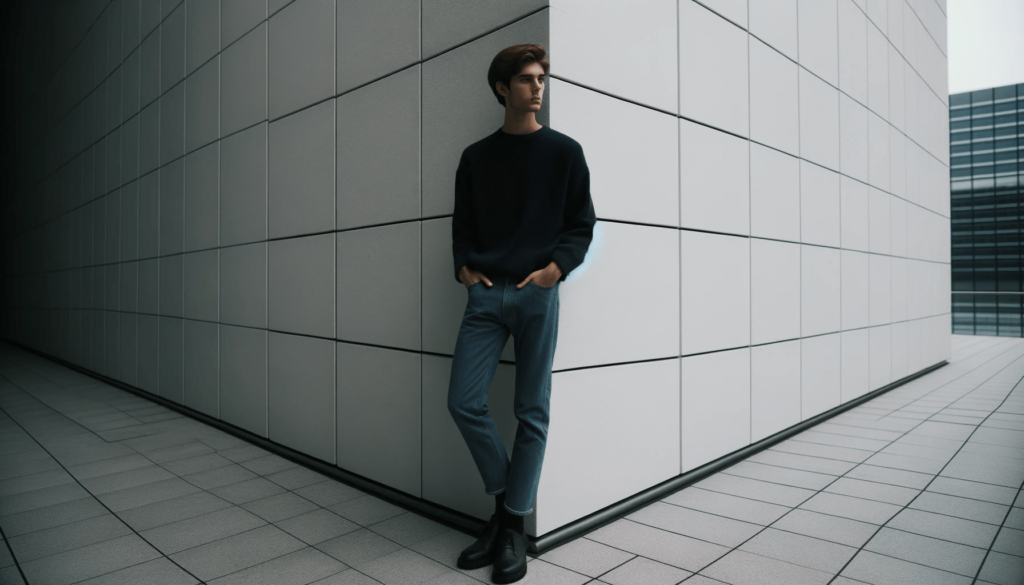
Composition is an essential element of photography, and it refers to the way the elements in a photograph are arranged and arranged. Whether you're taking a portrait, a landscape, or a still life, a well-composed photograph is more visually appealing and can help convey a message or emotion more effectively. In this article, we'll go over some tips and techniques for composing great photographs, as well as provide some examples to illustrate the concepts.
One of the most fundamental principles of composition is the rule of thirds. This rule suggests that you divide your frame into three equal parts horizontally and vertically, creating a grid of nine equal squares. You should place your subject at one of the intersections of these lines or along one of the lines itself. This creates balance and visual interest in the photograph.
Another important element of composition is leading lines. These are lines within the frame that lead the viewer's eye towards the subject or towards a specific point in the photograph. Leading lines can be created by a variety of elements, such as roads, fences, or the edge of a building. They help draw the viewer's attention and add depth to the photograph.
Another technique for creating visual interest is the use of negative space. This refers to the area around and between the main subjects in the photograph. Negative space can be used to frame the subject, create a sense of balance, or add depth to the photograph.
Another consideration when composing a photograph is the placement of the subject within the frame. If you're photographing a person, for example, you might consider placing them off-center rather than dead center. This can add interest and dynamism to the photograph. You can also play with the subject's placement in relation to the edges of the frame – placing the subject close to the edge can create a sense of tension or unease.
It's also important to pay attention to the background of your photograph. A cluttered or distracting background can take the focus away from the main subject, while a simple, uncluttered background can help draw attention to the subject.
Now, let's look at some examples to illustrate these concepts.
In this photograph, the subject (the flowers) is placed at one of the intersections of the rule of thirds grid, creating balance and visual interest. The leading lines created by the stems of the flowers draw the viewer's eye towards the subject. The negative space around the flowers helps to frame them and add depth to the photograph.

In this photograph, the subject is placed along one of the lines of the rule of thirds grid, creating balance and visual interest. The leading lines created by the bridge and the water draw the viewer's eye towards the subject. The negative space around the bridge helps to frame it and add depth to the photograph.

In this photograph, the subject (the boat) is placed off-center, creating dynamism and visual interest. The leading lines created by the shoreline and the horizon draw the viewer's eye towards the subject. The simple, uncluttered background helps to draw attention to the subject.

As you can see, composition is an important element of photography that can help you create visually appealing and effective photographs. By following the rule of thirds, using leading lines, incorporating negative space, and paying attention to the placement and background of your subject, you can take your compositions to the next level. Don't be afraid to experiment and try out different compositions – the more you practice, the better you'll become at composing great photographs. Happy shooting!